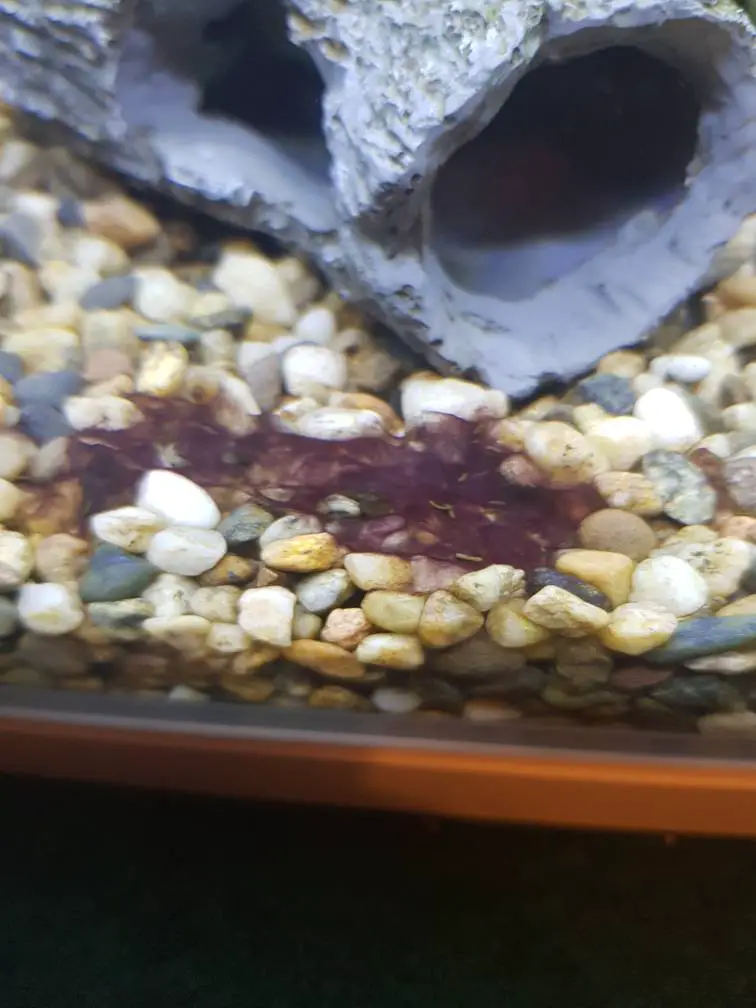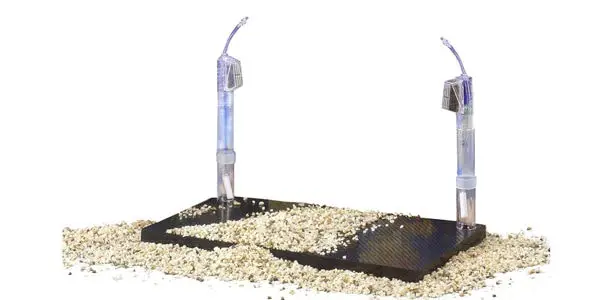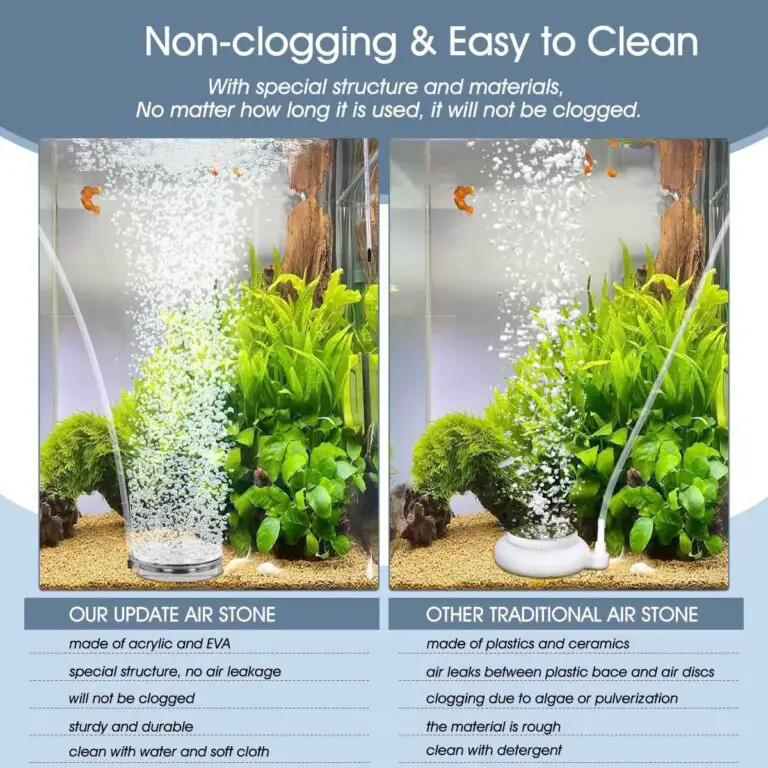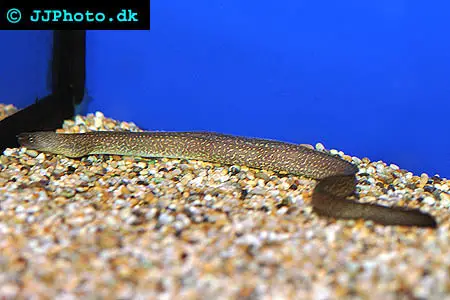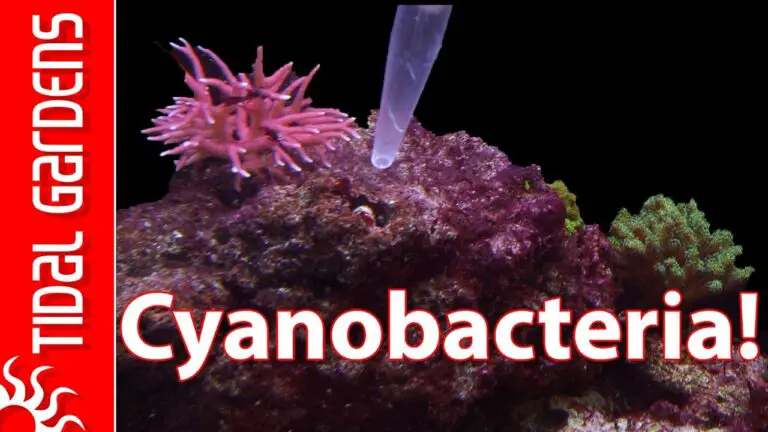How to Get Rid of Purple Algae in Freshwater Tank?
To get rid of purple algae in a freshwater tank, start by performing regular water changes to reduce the amount of nutrients available for it to feed on. Additionally, make sure you don’t overfeed your fish and that all uneaten food is removed from the tank right away. You can also increase circulation and aeration in the aquarium with an air pump or bubbler.
If these steps are not successful, try adding snails or other aquatic animals that eat algae such as Siamese Algae Eaters. Finally, if all else fails you can use an algaecide specifically designed for freshwater tanks; however be sure to follow instructions carefully as some algaecides may be toxic for fish and other invertebrates living within the tank.
- Water Change: Perform a water change of 25-50% to remove existing nutrients from the tank which algae feeds off of. Make sure you use a gravel vacuum to suck up any algae particles on the substrate, and replace with clean water treated with a dechlorinator.
- Filter Maintenance: Clean out your filter media by rinsing it in used aquarium water or using an appropriate cleaning solution designed for filters (never use soap). This will help ensure that there is nothing left behind in the filter that can be providing additional nutrients for algae growth.
- Add Algae Eaters: Introduce fish and other species into your tank who feed on purple algae such as Otocinclus Catfish and Siamese Algae Eater Fish, both of which are peaceful community fish that will not harm other inhabitants of the tank while eating away at any unwanted purple growths.
- Reduce Lighting Duration & Intensity: Too much light exposure encourages algal blooms so reduce lighting duration if possible or install full spectrum bulbs with higher Kelvin ratings (above 6500K) to discourage plant growth and provide less fuel for aquatic life cycles like cyanobacteria/purple bacteria colonies.
Black Beard Algae
Black Beard Algae, also known as Brush or Black Bristle Algae, is a type of algae that typically thrives in salty water aquariums and can be identified by its long black filaments. It’s difficult to eliminate once it takes hold but can be controlled with diligent tank maintenance, including regular water changes and testing as well as the use of chemical treatments such as hydrogen peroxide.
Is Purple Algae Bad?
Purple algae, also known as cyanobacteria, can be beneficial in some aquatic ecosystems but can become a problem when it blooms. Excessive growth of purple algae can cause depletion of oxygen levels and lead to the death of other organisms in the water. Additionally, some species of purple algae produce toxins that are harmful to humans if ingested or inhaled.
Therefore, it is important for people to monitor their local waters for signs of excessive growth and take action as needed.
Purple Algae in Saltwater Fish Tank
Purple algae is a type of bacteria commonly found in saltwater fish tanks. This type of algae can be beneficial to your tank as it helps to remove nitrates, but it can also quickly overgrow and become unsightly if not properly managed. To keep this algae under control, regular water changes and proper filtration are essential, as well as using natural solutions like hermit crabs or snails that feed on the algae.
How to Get Rid of Algae in Fish Tank Naturally?
One of the best ways to get rid of algae in a fish tank naturally is by reducing the amount of light that enters the tank. Algae need light in order to thrive and survive, so limiting the amount of natural or artificial light will help keep it under control. Additionally, make sure to clean your aquarium regularly and vacuum any debris from the substrate as this will also help reduce algae growth.
Finally, adding aquatic plants like anacharis or hornwort can provide some competition for nutrients which will help suppress algae growth.
How to Clear Algae in Fish Tank?
If you want to keep your fish tank free of algae, the best way to do this is by performing regular water changes and cleaning the sides of the tank. You should also make sure that you are not overfeeding your fish, as excess food can lead to an increase in algae growth. Additionally, use a gravel vacuum when changing out the water and routinely clean any decorations in order to remove built-up debris that can feed algal growth.
Lastly, be sure to check on your aquarium’s lighting levels; too much light can also be a contributing factor for excessive algal formation.
How to Get Rid of Black Beard Algae?
When dealing with black beard algae, it is important to take a multi-pronged approach. First, reduce the amount of nutrients in your aquarium by doing regular water changes. Additionally, make sure to keep nitrates and phosphates low as these are known to encourage algae growth.
Second, use chemical treatments such as copper sulfate or potassium permanganate if natural methods such as increasing water flow or adding snails and other creatures do not work. Finally, consider investing in an ultraviolet sterilizer which can help kill off any remaining algae spores that may be lurking in your tank.
Types of Algae in Freshwater Aquarium With Pictures
Freshwater aquariums can be populated with many types of algae, including diatoms, filamentous green algae and black brush algae. Diatoms are the most common type of algae found in freshwater aquariums and appear as a fine yellowish-brown dust on rocks or glass. Filamentous green algae have long strands that may look like bright green cotton candy floating around the tank.
Black brush algae is dark brown to black in color and form small tufts or patches on plant leaves, decorations and other surfaces within the tank. All three types of algae provide food for fish, shrimp, snails and other aquatic creatures that live in freshwater tanks but it is important to keep their growth under control so they don’t overrun your tank.
Freshwater Aquarium Algae Types
Freshwater aquariums are home to many different types of algae. Some of the most common freshwater aquarium algae types include green spot, thread, and blanketweed. Green spot algae typically grows on surfaces like decorations and rocks in a tank, while thread algae is usually found growing along the edges of plants or other objects in the tank.
Blanketweed is a type of filamentous (stringy) algae that can quickly take over an entire tank if not managed properly. In order to keep these algaes under control, good aquarium maintenance practices such as regular water changes and adequate filtration should be employed.
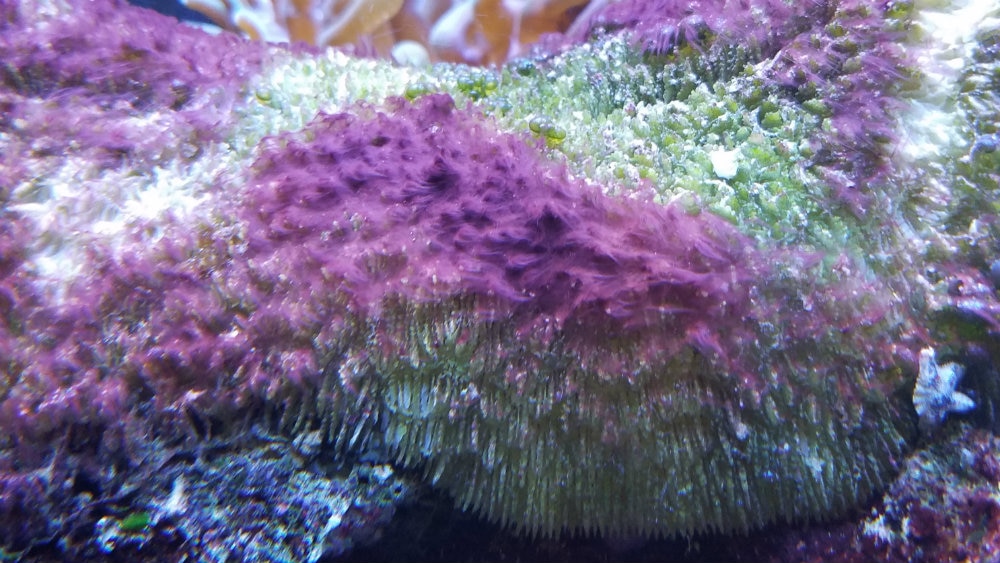
Credit: blogs.thatpetplace.com
Why Do I Have Purple Algae in My Aquarium?
Having purple algae in your aquarium can be a common problem for many aquarists, but it doesn’t have to be a cause of alarm. There are several reasons why you may be seeing the unwelcome visitor in your tank, most commonly due to an unbalanced environment or excessive nutrients present. One potential cause is the presence of too much light, which can encourage photosynthesis and result in excessive algal growth.
Inadequate filtration or insufficient water changes can also contribute to the growth of this type of algae. Additionally, high levels of nitrates and phosphates from food sources such as fish waste and decaying organic matter will increase levels within the water column and create ideal conditions for purple algae to thrive.
To eliminate this nuisance pest from your aquarium it’s important to employ proper husbandry practices such as regular water changes with dechlorinated tap water, maintain adequate biological filtration consisting of beneficial bacteria that convert ammonia into nitrites then nitrates, ensure oxygenation is sufficient by providing plenty of surface agitation for gas exchange between air and water molecules, limit feeding frequency based on actual consumption rather than overfeeding which leads to excess nutrient buildup.
Finally reduce lighting times down below 10 hours per day if possible while also employing an appropriate amount (if any) liquid phosphate remover/reducer depending on initial readings obtained with test kits prior to making adjustments accordingly.
Why is Some Algae Purple?
Algae is a type of aquatic organism that can vary in color from green to red and even purple. The reason why some algae is purple depends on the species, but it generally has something to do with their photosynthesis process. Many types of algae have evolved special molecules called phycobilins which contain pigments that absorb certain wavelengths of light such as blue and red, giving them a purplish hue.
As these organisms use sunlight for energy production during photosynthesis, the pigment helps them capture more energy than other colors would allow. Additionally, some species may also produce compounds called carotenoids which can give off an orange or purple tint depending on the strain. In some cases, this could be due to environmental factors like nutrient availability or temperature changes as well.
All in all, while there are several potential explanations for why some algae appear purple or reddish-purple in color. Whether it’s their adaptation to capture more light or simply a matter of chance. One thing’s for sure: they make our oceans look stunning!
Can Algae Turn Purple?
Yes, algae can turn purple. This phenomenon is known as a pigment shift and is caused by changes in the environment or in the genetic composition of an organism. Algae are photosynthetic organisms that contain chlorophyll and carotenoid pigments which allow them to absorb certain wavelengths of light from the sun for energy production.
When environmental conditions change, such as temperature or pH levels, these pigments can be affected causing some cells to produce more or less of certain colors than usual resulting in a change in coloration. Additionally, mutations can also contribute to this process making some cells become more efficient at producing one type of pigment over another.
What Kills Algae Naturally in Fish Tank?
Algae can be a pesky problem in fish tanks, making the tank appear cloudy and unsightly. But there are natural methods to remove algae from your tank without using harsh chemicals. One of the most effective ways to kill algae naturally is by introducing certain types of aquatic snails into the tank.
These snails feed on excess algae and will help keep your aquarium clean and clear. Another way to reduce or prevent algae growth is by adding live plants that compete with it for nutrients, such as hornwort or anacharis. You should also make sure that you’re cleaning out debris like leftover food, which can cause excessive growth if left inside the tank too long, as well as maintaining proper lighting levels since too much light encourages algal blooms.
Finally, water changes are key; replacing 25-50% of the water every two weeks helps reduce nutrient levels while providing fresh oxygenated water for your fish. With these few measures combined you’ll have a crystal clear aquarium free from pesky green patches!
AQUARIUM ALGAE GUIDE Ep #4 Cyanobacteria – Blue Green Algae Removal
Conclusion
In conclusion, purple algae can be a frustrating problem in freshwater tanks. However, with the right combination of preventive measures such as reducing light exposure and performing regular water changes to remove excess nutrients, it is possible to effectively control its growth. Additionally, introducing certain species of fish or snails that feed on algae can help keep the population under control.
With these steps taken care of, you’ll have a healthy tank free from purple algae.
